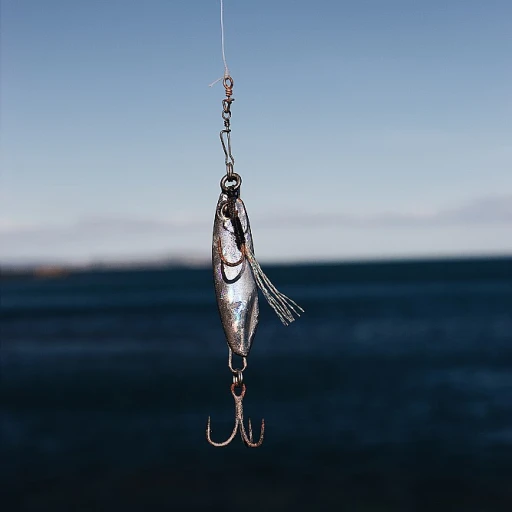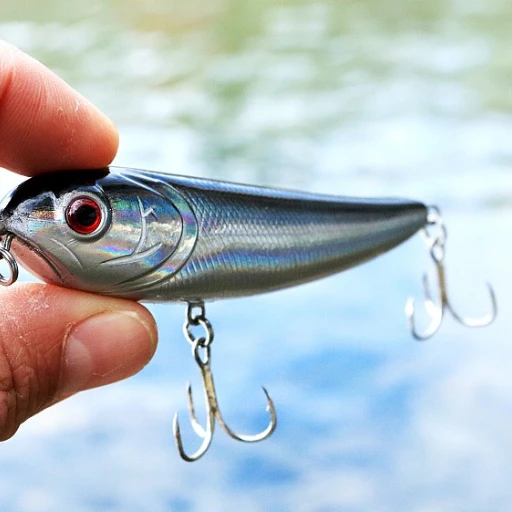The basics of fish reproduction
The basics of fish reproduction
Fish reproduction is a captivating subject that delves into a range of behaviors and adaptations differing widely among species. Unlike mammals, fish employ various reproduction strategies, including egg-laying (oviparity), live birth (viviparity), and ovoviviparity (where eggs hatch within the female's body). Their unique reproductive methods ensure the survival of species in diverse aquatic environments.
Many freshwater fish, such as those in aquariums, reproduce by laying eggs. For instance, Betta fish, also known as Siamese fighting fish, build bubble nests for their eggs. The male Betta will fiercely guard these nests, showcasing an excellent example of paternal care in fish breeding.
Other species, like sharks and rays, practice ovoviviparity, wherein the young develop within eggs that remain in the female's body until they hatch. This strategy provides added protection, enhancing their survival chances in predator-rich environments.
Breeding methods of different fish species
Across the board, the breeding methods vary remarkably. Freshwater aquarium fish often exhibit vibrant courtship dances to attract mates. Male guppies, for example, display bright colors to entice females. In contrast, certain species of coral reef fishes engage in 'broadcast spawning,' where males and females release eggs and sperm into the water column simultaneously. This method allows for widespread fertilization over a large area.
The role of males and females in fish breeding
In the breeding process, both males and females play crucial roles, although these roles may differ significantly between species. Male fish often display bright colors and engage in intricate dances to attract females. In species like the Betta, the male builds and guards the bubble nest, whereas other species might have males that fertilize eggs externally.
The females, on the other hand, usually select mates based on these displays and the suitability of the breeding environment. In egg-laying species, females lay eggs in specific locations, ranging from plants in a freshwater tank to rocky crevices in the wild.
Common challenges in fish breeding
An array of challenges can arise during fish breeding ranging from environmental factors to health issues impacting both eggs and fry. Ensuring the right parameters in an aquarium—such as optimal water temperature, pH levels, and hiding spaces—remains critical for the success of breeding fish.
Additionally, fish breeders may encounter problems such as fin rot and other diseases which can negatively impact both adults and juvenile fish. It's also essential to watch over the fry, as they are often vulnerable to being eaten by other tank mates.
Case studies and expert insights
According to a study by Theodore W. Pietsch on anglerfish, their unique reproduction method involves parasitic males that attach to females, a fascinating adaptation to their dark, deep-sea habitats. Notable experts in the field like WS Hoar and L.J. Bell have extensively studied fish reproductive strategies, shedding light on the vast differences among fish species. These experts highlight the importance of understanding specific needs and environmental conditions to successfully breed fish.
For those looking to help sustain marine biodiversity, engaging in responsible fishing practices is crucial. Articles such as reeling in responsibility: can anglers turn the tide for threatened marine species provide valuable insights on how fishing enthusiasts can contribute to conservation efforts.
Breeding methods of different fish species
Unique breeding habits of various fish
When it comes to fish breeding, you will discover a kaleidoscope of methods and behaviors tailored to each species. Let's look at some fascinating examples.
Broadcast Spawning: Many marine fishes, including the Atlantic cod, use broadcast spawning, frequently in open waters. These fish release their eggs and sperm into the water simultaneously, hoping that fertilization takes place. It might seem a chaotic process, but it increases the likelihood of eggs being fertilized due to sheer numbers.
Benthic Spawning: Fish like salmon are known for their benthic spawning method. They lay eggs in gravel beds in streams or rivers, providing them with some protection from predators.
Bubble Nest Building: The Siamese fighting fish or Betta constructs a bubble nest on the water surface where the female deposits eggs, and the male tends to them. This method ensures the eggs remain oxygenated and protected.
Internal Fertilization: Species like guppies and some sharks employ internal fertilization. The males have specialized fins to transfer sperm into the female, often resulting in live birth instead of egg laying.
Scientific studies have shown that different habitats and environmental factors significantly impact the mating systems of fish. Peterson and Fischer (1983) observed that coral reef fishes exhibit broadcast spawning, while freshwater species like cichlids use nests or care for free-swimming fry.
Different roles in the breeding process
Breeding fish isn't a one-fish show; both males and females play critical roles.
In many species, the female fish's role is to lay a large number of eggs to increase chances of survival, given the high predation rates. For example, a single female cod can lay millions of eggs at once.
The male fish often fertilizes these eggs by releasing sperm over them. Some species, however, have males that take care of the eggs post-fertilization. For instance, the male seahorse bears the eggs in a special pouch until they hatch.
In other species, like the stickleback, males build nests and actively attract females to lay their eggs in the nest. After fertilizing the eggs, the males guard and aerate them by fanning the water with their fins.
Renowned biologist Theodore W. Pietsch mentions in his research that the reproductive strategies are driven by the need to maximize offspring survival. This often leads to interesting and complex behaviors in both males and females. Sustainable fishing practices can play a crucial role in conserving these fascinating behaviors by ensuring fish populations remain healthy and abundant.
The role of males and females in fish breeding
The intricate dance of courtship
In the world of fish, breeding is a complex and fascinating process, where the roles of males and females vary significantly across species. The process typically begins with courtship, which can be an elaborate affair. Different species have unique courtship behaviors designed to attract the opposite sex and trigger spawning. For instance, bettas (siamese fighting fish) are known for their stunning displays where the male spreads his fins and gills to impress the female. This intricate dance is essential for the breeding process.
Female fish: the egg carriers
Female fish play a crucial role as the egg carriers. Depending on the species, the number of eggs laid can vary dramatically. For example, a single female trout might lay thousands of eggs, while a guppy might only release a handful. After laying eggs, the job of the female often involves ensuring they are placed in a safe environment, whether that’s hidden among aquatic plants or in a carefully constructed nest.
Male fish: protectors and fertilizers
The responsibilities of male fish can range from fertilizing the eggs to protecting them. In many fish species, the male will follow the female closely to fertilize the eggs immediately after they are laid. This ensures that the eggs have the best chance of developing into fry. For example, in species like the freshwater cichlids, the male not only fertilizes the eggs but also guards the nest aggressively against potential threats, showcasing a strong protective instinct.
Unique roles in different species
The roles can sometimes reverse depending on the species. In seahorses and pipefish, the males carry the fertilized eggs in a specialized brood pouch until they hatch. This unique reversal of roles highlights the incredible diversity present in fish breeding behaviors.
Environmental influence on fish breeding
Environmental factors play a pivotal role in the breeding process. Water temperature, quality, and availability of suitable nesting sites can significantly impact spawning success. Creating the perfect breeding environment in an aquarium often requires mimicking these natural conditions as closely as possible.
The ethical angler's dilemma
When discussing fish breeding, it's also essential to address ethical considerations, such as the impact of catching and releasing fish. This practice, though popular among anglers, poses questions about the well-being of fish populations. For more insights on this topic, check out our detailed discussion on the ethical angler's dilemma.
Creating the ideal environment for breeding fish
Setting up the perfect breeding environment
Many fish species are particular about their breeding environments. Creating a conducive environment not only increases the chances of successful breeding but also ensures the health of both parents and fry.
Choosing the right tank and water conditions
The type of tank and water conditions play significant roles in fish breeding. For instance, freshwater fish like Betta require specific tank setups. Experts like Hans Fricke emphasize the importance of separating male Betta fish to prevent aggression. Tetsuo Nakashima, in his research in Environmental Biology of Fishes, discusses the need for optimal water pH levels and temperatures, often between 24-28°C for tropical fish.
Creating the right spawning conditions
Some species, such as the Siamese fighting fish, build bubble nests, while others like many coral reef fishes exhibit broadcast spawning. Ensuring the right substrate and spawning areas within the tank is vital. According to Theodore W. Pietsch, a well-known expert in fish reproduction strategies, certain species need finer substrates to lay eggs effectively.
Ensuring proper tank setup for egg-laying fish
For species that lay eggs, such as cichlids, placing smooth rocks or breeding caves can be beneficial. This mimics their natural environment, reducing stress and encouraging natural behavior. Benjamin Cummings and Peterson CW also point out that maintaining a stress-free environment, free from predator fish, increases the likelihood of successful breeding.
Mimicking natural light cycles
Emulating natural light cycles is another crucial aspect. L. J. Bell suggests that controlled light exposure, simulating dawn and dusk, can regulate the breeding cycles of certain species. For aquarium fish, investing in quality LED lights that offer programmable settings is a great solution.
Maintaining water quality
Water quality maintenance cannot be understated. Parameters like ammonia, nitrate, and nitrite should be kept in check. Dj Randall emphasizes the use of regular water testing kits. Regular water changes, and the use of biological filtration systems are essential practices that ensure optimal water conditions, conducive to fish breeding.
Feeding for optimal breeding conditions
Nutritional requirements also change during breeding. Feeding high-quality diets, enriched with proteins like baby brine shrimp, ensures the fish are in peak condition for breeding. Yeung WSB recommends a varied diet, including live feeds, to stimulate natural breeding behaviors.
Understanding spawning and egg-laying behaviors
Spawning in different environments
Fish breeding takes on various forms, often influenced by the habitat they live in. For example, freshwater fish spawning, like that of the Betta, involves creating bubble nests on the water's surface. The male will fiercely protect the nest, ensuring the eggs are not disturbed until they hatch. This behavior is notably observed in the Siamese fighting fish. According to Peterson C.W. and Fischer E.A. in the 'Environmental Biology of Fishes', males protect the bubble nest created during the spawning period (Peterson C.W., Fischer E.A., 1980).
How egg-laying behaviors differ
In reef environments, coral reef fishes exhibit broadcast spawning, where males and females release their eggs and sperm into the water column almost simultaneously. This method enhances the chances of fertilization but exposes the eggs to predators. Broadcast spawning is mentioned by S.H. Alonzo in their study on fish reproductive behaviors, suggesting it's predominant in open water environments (Alonzo, S.H., 2002, 'Reproductive strategies in coral reef fishes').
Complexities of mate selection and fertilization
The process of fish finding mates can be as simple as randomly releasing sperm and eggs in the water or as complex as elaborate mating dances observed in cichlid species. M.W. Westneat, in 'Advances in the Study of Behavior', explains that cichlids engage in intricate behaviors to attract a mate before laying eggs (Westneat, M.W., 2007).
Gentle approach among live-bearing species
Live-bearing species like the Guppy handle spawning differently. Here, fertilization occurs internally, with females carrying the eggs until fry are born live in water. This internal fertilization tactic protects the eggs from predators and environmental factors. Research confirms this, describing how fish like Guppies adapt to give birth to live young (Donaldson, E.M., Randall, D.J., 1983, 'Fish Physiology').
For a detailed understanding of breeding behaviors and tank preparation, read more in our blog post: understanding local regulations for recreational anglers.
Caring for fish eggs and fry
From egg to fry: the journey after fertilization
It’s an exciting yet nerve-wracking journey after fish eggs are fertilized. Whether you're a hobbyist or someone diving into fish breeding professionally, understanding the care these tiny life forms need is crucial.
Ensuring optimal conditions for egg survival
Temperature and water quality are essential for egg survival. Most freshwater fish eggs need a temperature range of 75°F to 80°F. Equally important, the fish tank’s water must be pristine. Higher ammonia or nitrite levels can spell doom. Experts like Theodore W. Pietsch and Hans Fricke emphasize regular testing and adjustments to maintain a suitable habitat.
Another important factor is oxygen levels. Some fish, like Betta, build bubble nests on the water surface to ensure their eggs get the right oxygen levels. If you own a Siamese fighting fish (Betta), keeping the surface calm helps males with their nest-building tasks.
Specialized actions for different species
Species fish have unique strategies for ensuring the safety of their eggs. For instance, cichlids often hide them in secluded areas of the tank, while coral reef fishes like clownfish lay eggs on flat surfaces.
While many males take an active role in protecting eggs (e.g., the male seahorse incubating eggs in his pouch), others, like salmon, simply broadcast spawn and leave the survival to nature. This method, called broadcast spawning, is less intensive on parental care but results in a large number of eggs, increasing the chances of survival for some.
The hatching stage: first signs of life
After fertilization, fish eggs can take a few days to weeks to hatch, depending on the species. Watching the fry emerge is magical. However, they’re highly vulnerable, and giving them a chance is a balancing act.
Newly hatched fry mostly survive on their yolk sac initially. As they develop and start swimming freely in your fish tank, introducing food becomes crucial. Small food items like baby brine shrimp are ideal because they’re easy for the tiny fry to consume. Be careful with the quantities; overfeeding can foul up the tank water.
Protecting fry against potential threats
Unfortunately, fry face numerous dangers, even from their parents in some cases. Using a breeding net in a breeding aquarium can help protect them from predatory adults. The net separates the fry from larger fish, ensuring they don’t become a meal soon after hatching.
Benjamin Cummings and Dj Randall note that selective breeding in species such as guppies has led to unique variations. This practice, while popular, requires extra caution as some hybrids might exhibit unpredictable behaviors, even towards their young.
Getting through the critical first few weeks sets a solid foundation for their growth and development. Proper care and observation up to when they’re ready to join the community tank, or perhaps another aquarium, ensures their health and wellbeing.
Common challenges in fish breeding
Monitoring and addressing water quality
One of the primary challenges in fish breeding is ensuring good water quality. Fluctuating parameters such as pH, temperature, ammonia, nitrite, and nitrate levels can significantly impact breeding success. For instance, freshwater fish like Betta thrive in slightly acidic water, while species like guppies prefer more alkaline conditions. A sudden change can disrupt spawning and even lead to the death of fish or fry.
Studies reveal that maintaining stable water conditions not only enhances breeding success but also boosts the survival rates of eggs and newly hatched fry. Understanding these water parameters and making regular checks can prevent many common breeding issues.
Overcrowding in tanks
Overcrowding is another hurdle many aquarists face when trying to breed fish. A tank overloaded with fish can lead to increased stress, aggression, and competition for food and space. For some species, males might become overly aggressive towards females, leading to injury or death, which undoubtedly hampers breeding efforts.
Experts like Dr. Hans Fricke advocate keeping a balanced ratio of males to females and providing ample hiding spaces within the tank. This strategy not only reduces stress but also mimics the fish's natural habitat, encouraging natural breeding behaviors. According to a report published by Benjamin Cummings, a balanced environment leads to more successful mating and higher fry survival rates.
Dealing with egg and fry predators
Many fish species exhibit parental care, but in a mixed-species tank, eggs and fry can become easy prey. According to studies by Theodore W. Pietsch, it’s crucial to segregate breeding pairs and newly hatched fry from other fish to prevent cannibalism and predation.
For example, Betta males build bubble nests to store fertilized eggs until they hatch, providing some protection. However, separating the breeding fish into a dedicated breeding tank can significantly increase the survival rate of both eggs and fry.
Nutritional needs during breeding
Nutritional deficiencies can be another stumbling block in fish breeding. Proper diet plays an essential role in both the spawning process and developing healthy fry. Feeding high-quality, protein-rich foods like baby brine shrimp can enhance egg production and ensure healthy fry development.
Research from the Environmental Biology of Fishes journal suggests that a varied diet with appropriate nutrients is critical during the breeding season.
It's particularly important to feed live or frozen foods to encourage spawning, as these mimic the fish’s natural diet. According to experts like Dr. S.H. Alonzo, providing the right food increases the likelihood of a successful breeding season.
Case studies and expert insights
Case study: breeding the betta splendens
Betta splendens, also known as Siamese fighting fish, provide a unique case study in fish breeding. These fish are known for their vibrant colors and aggressive nature, which play key roles in their breeding process.
Observations from experts
Theodore W. Pietsch, a renowned expert in ichthyology, notes that the male Betta takes a very active role in the breeding process. He states, "Males build a bubble nest at the surface of the water where they will entice a female to lay her eggs." This behavior is something unique to Betta splendens and is critical for successful breeding in captivity.
Generating a bubble nest
Male Bettas use their saliva to create bubbles that form a nest. This nest floats at the top of the water and provides a protective environment for fertilized eggs. The environment has to be just right: the water should be calm and the temperature maintained between 78-80°F (25-27°C).
Spawning and fertilization
Once the female is attracted to the nest, the male wraps his body around her, and she releases her eggs. The male then quickly fertilizes them. The whole process can be quite mesmerizing to watch, especially when considering expert observations by Hans Fricke. He describes the male's actions as "a careful and deliberate process, ensuring that all eggs are safely gathered into the bubble nest."
Post-spawning care
Following fertilization, the female is usually removed from the tank to prevent any potential aggressive behavior from the male. The male Betta takes over the care of the eggs, vigilantly guarding the nest and making sure the eggs are intact. This dedicated parenting continues until the fry hatch, usually within 24-36 hours.
Challenges in Betta breeding
Breeding Bettas in captivity comes with its own set of challenges. The water quality must be meticulously maintained, as poor conditions can lead to the male abandoning the nest or even eating the eggs. Studies published by M.W. Westneat and S.H. Alonzo highlight the importance of water parameters and the presence of hiding spots for females, which can reduce stress-related behaviors.

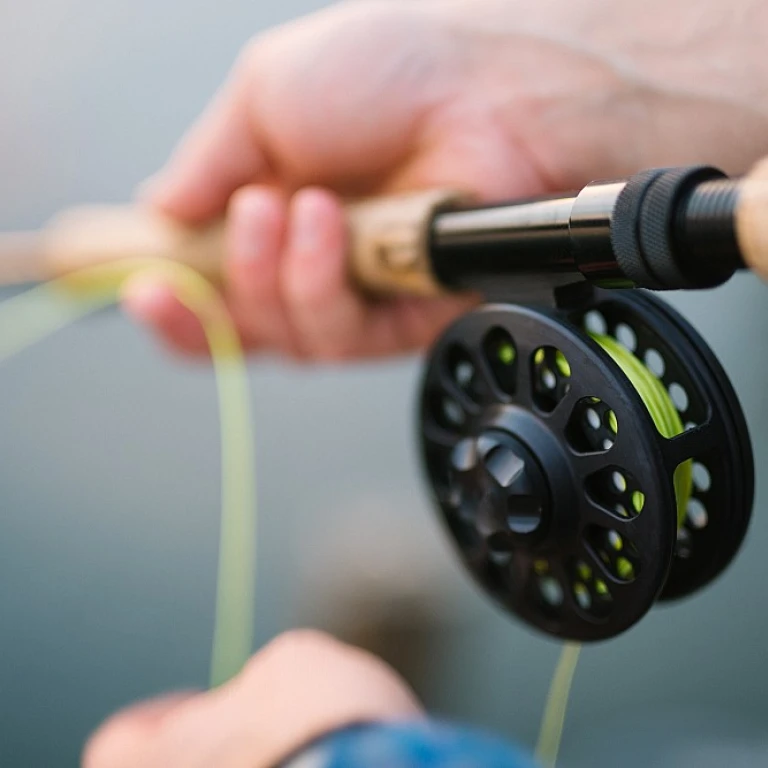
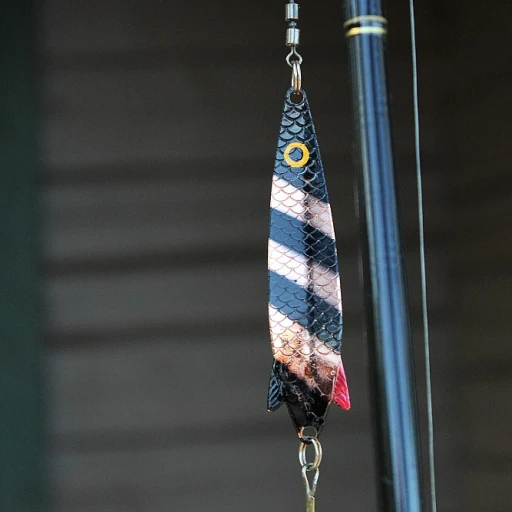

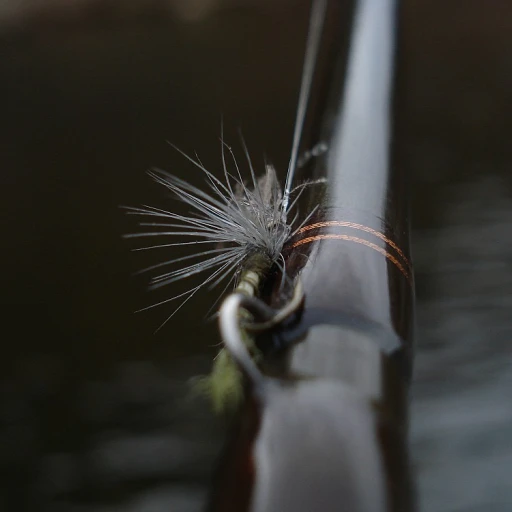


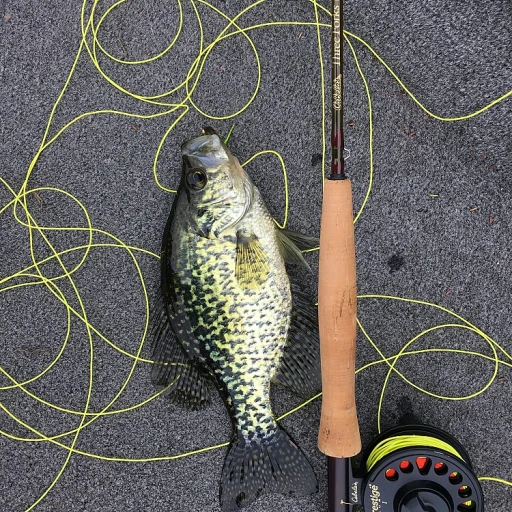
-large-teaser.webp)
-large-teaser.webp)

